The Google Pixel 9, 9 Pro, and 9 Pro XL are functionally equivalent, with minor variations in screen size, battery capacity, memory, and camera sensors. Google’s best offer compelling reasons to make the change.
Google Pixel has become fashionable
Google Pixel 9 (series) is Australia’s #2 smartphone maker. This is quite a feat on four models, including a Fold, compared to Samsung, which has 15+ models and 80 variants. If you are after an AI phone with pure Android, an excellent upgrade/patch policy, superior cameras, and no walled gardens or rabbit holes in sight, the Pixel 9 series is the right choice.
In July 2024 (pre-Pixel 9 launch), the Google Pixel 8 series was the #2 Android phone in Australia, with over a 20% market share on just three phone models from $1187 to $1987. It had a magnificent market share increase from a static 6% for the past few years.
Post-launch, it has seen its market share solidly increase, largely at Apple’s expense. It offered real, right here, right now AI capabilities, while Apple merely promised Apple intelligence was coming along with all the Apple walled-garden provisos.
Samsung remains #1 with 55%, with over fifteen models and 80 variants (colour, memory, storage) covering more niches from $269 to $3299.
The point is that the general public is voting with their wallets for a few reasons.
- Google uses pure Android (it invented it) versus Samsung, which has a reasonably heavy UI 6.x overlay.
- Pure Android means everything comes from Google Play, which makes phone upgrades easier – it just works. Samsung apps substitute for many Google apps and come from the Galaxy Store, which requires a Samsung account.
- Google has a simple English policy of about 8000 words. Read Can you trust Google? Yes, but it depends on your definition. Samsung has over 40,000 words in eight nested privacy policies and terms.
- Google was the first to offer seven Android upgrades and seven years of security patches. Samsung has matched that.
- Google has Android 15 and Samsung is still on Android 14.
- Google’s cameras are well ahead of Samsung. Its Pixel 9 Pro and XL scored 158 DOXMARK points (the top cameraphone in Australia), and the Pixel 9 scored 154 DXOMARK points (the third-best camera in Australia after the iPhone 16 Pro/Max). Samsung S24 Ultra (a more expensive phone) scored 144 DXOMARK points, well behind the Pixel 9 Pro at 157.
- Google’s marketing is resonating with Australians. It is clever and informative without being overly trendy.
Still, Samsung sells many phones. It will be interesting to see if Google increases its market share in the next 12 months. My take: Yes, with a bullet.
Phones reviewed (and retested in December 2024)
We have the entry-level Google Pixel 9, 9 Pro and premium Pixel 9 Pro XL. The only difference between the Pro and Pro XL is screen size.
We wanted to restest and update the review in December 2024 as these phones would have Android 15 and time to work out any necessary tweaks. While the fundamentals remain the same, Google has been busy extracting the best performance from its Tensor G4 SoC and wringing more AI performance from its NPU. It is not the fastest. OPPO Find X8 Pro – at last, flagship competition walks all over the Tensor G4 and Samsung’s SD8 Gen 3.
So rather than reviewing all three, we can safely review two and assume the third is similar. This enabled us to run multiple AI benchmarks that are new to smartphone reviews (updated). We don’t have enough AI data yet to draw meaningful conclusions, but we have included the Samsung S24 Ultra and Pixel 8 Pro results for comparison.
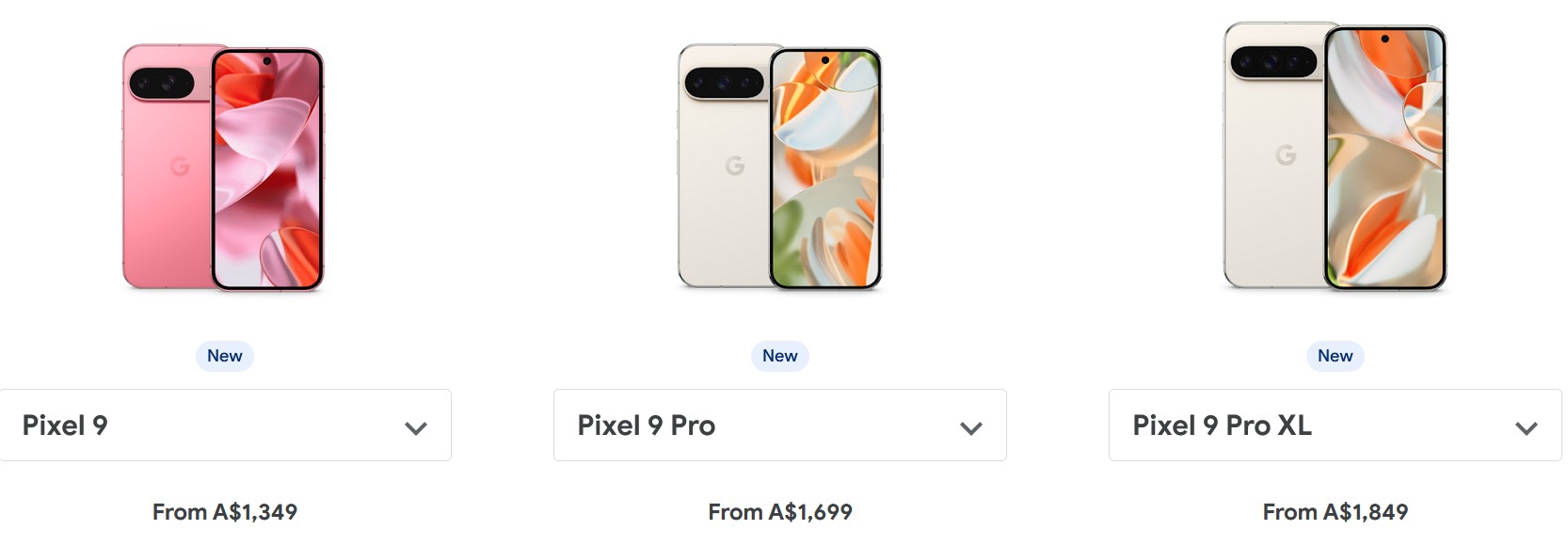
A separate review Google Pixel 9 Pro Fold – know when to fold’em, know when to hold’em shows this is a superior fold to Samsung.
AI smartphones – Google invented Gen 1, and others use its tech
2023 was the year Google decided that Gen 1 AI – what the phone could do for you – was more important than the ‘speeds and feeds’ that the tech-savvy crave. Fear not; we will have all those later.
Samsung then launched its S24-series of AI phones What is Samsung Galaxy S24-series AI all about which uses Google’s Gemini Nano and cloud services, wrapped up in Samsung’s marketing jargon. The big issue in 2023 was which AI was processed on the phone and which needed to offload to the cloud. Short answer – heavy lifting to the cloud.
2024 is the year of AI Gen 2, which will improve the experience and harness more generative (creative) AI and large and modal language models to do more. It is also the year that you will pay for many advanced AI features in the Google One AI Premium plan for A$32.99 per month (Samsung is introducing subscriptions too in 2025). That gets you:
- Gemini Advanced: 1.5 Pro is far more capable of logical reasoning, analysis, coding and creative collaboration.
- One-million-token context window.
- Priority access to new features
- Gemini in Gmail, Docs and more (write, visualise, connect)
- 2TB storage (upgrade Google One subscription) with shared storage
Gen 2 standard AI photo features include Reimagine, Add Me, expanded Magic Editor, Pixel Studio (generative AI) and Screenshots—all good fun and definitely above gimmick level.
Australian Review: Google Pixel 9, 9 Pro and 9 Pro XL
Where specifications or performance are mainly identical to those of the Google Pixel 9, we will leave the 9 Pro/XL column blank.
| Brand | ||
| Model | Pixel 9 | Pixel 9 Pro and 9 Pro XL |
| Model Number | GUR25 | GZC4K and GR83Y |
| RAM/Storage Base | 12/128GB | 16/128GB |
| Price base | $1349 128GB $1499 256GB | Pro $1699 128GB $1849 256GB $2049 512GB XL $1849 128GB $1999 256GB $2199 512GB $2549 1TB |
| Warranty months | 24 months | |
| Tier | Premium | |
| Website | Product Page Select 6.8″ for XL | Product Page Select 6.8″ for XL |
| From | Google Online, Harvey Norman, JB H-Fi, Office Works. Telcos offer monthly phone repayment and mobile data plans: Optus, Telstra, and Vodafone. | |
| Country of Origin | China | |
| Company | Google is a giant company that started with a search engine and is now one of the largest advertising platforms in the world. It is behind the Android and Chrome operating systems. Beginning with the Pixel 8, Google has made AI-enhanced phones with its Google Gemini Nano, cloud, and DeepMind technology, which Samsung and others use. | |
| More | CyberShack Google news and reviews | |
| Test date | August 2024 | |
| Ambient temp | 10-27° | |
| Release | August 2024 | |
| Other models not for Australia (Don’t buy) | The warranty is only valid with genuine Australian stock. Wi-Fi 6E/7 requires Australian firmware for its bands. A genuine phone has the R-NZ C-Tick About Phone>Regulatory Labels and the AU warranty under About>Phone>Limited Warranty. |
New ratings in 2024
We use Fail (below expectations), Pass (meets expectations) and Exceed (surpasses expectations or is the class leader) against many of the items below. We occasionally give a Pass(able) rating that is not as good as it should be and a Pass ‘+’ rating to show it is good but does not quite make it to Exceed. You can click on most images for an enlargement.
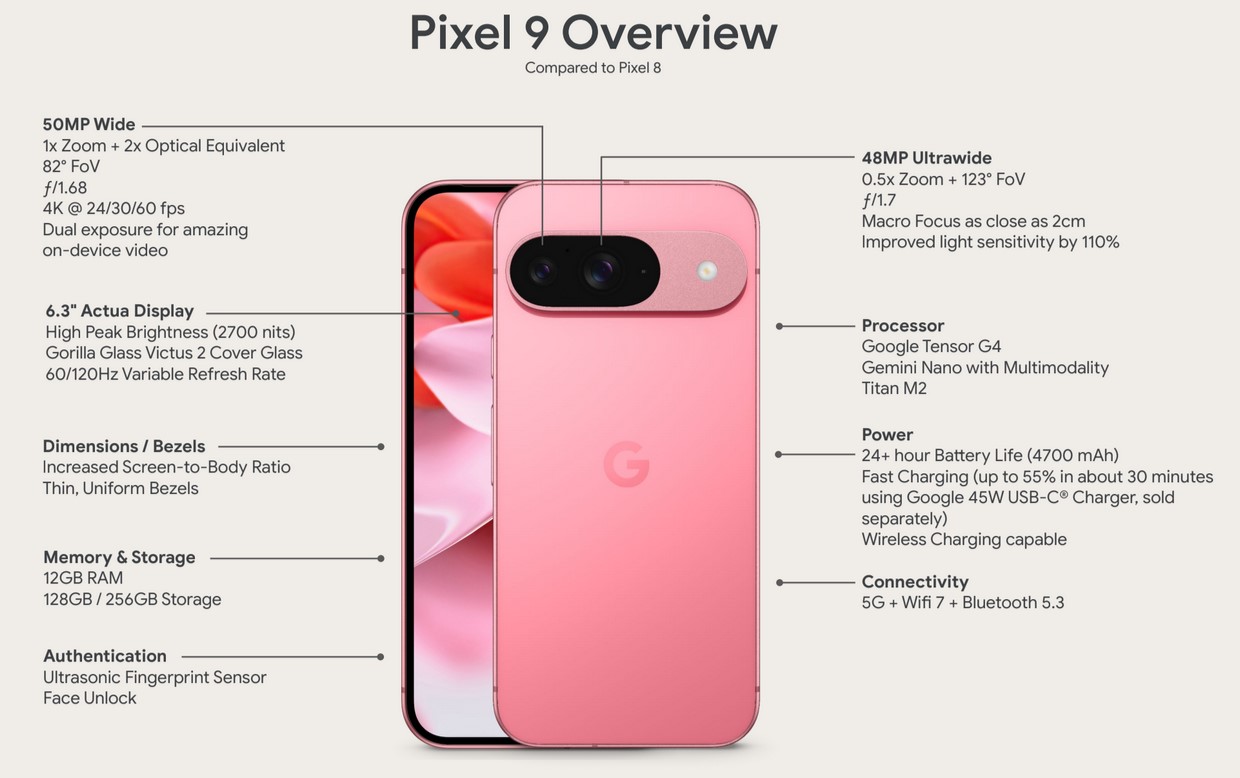
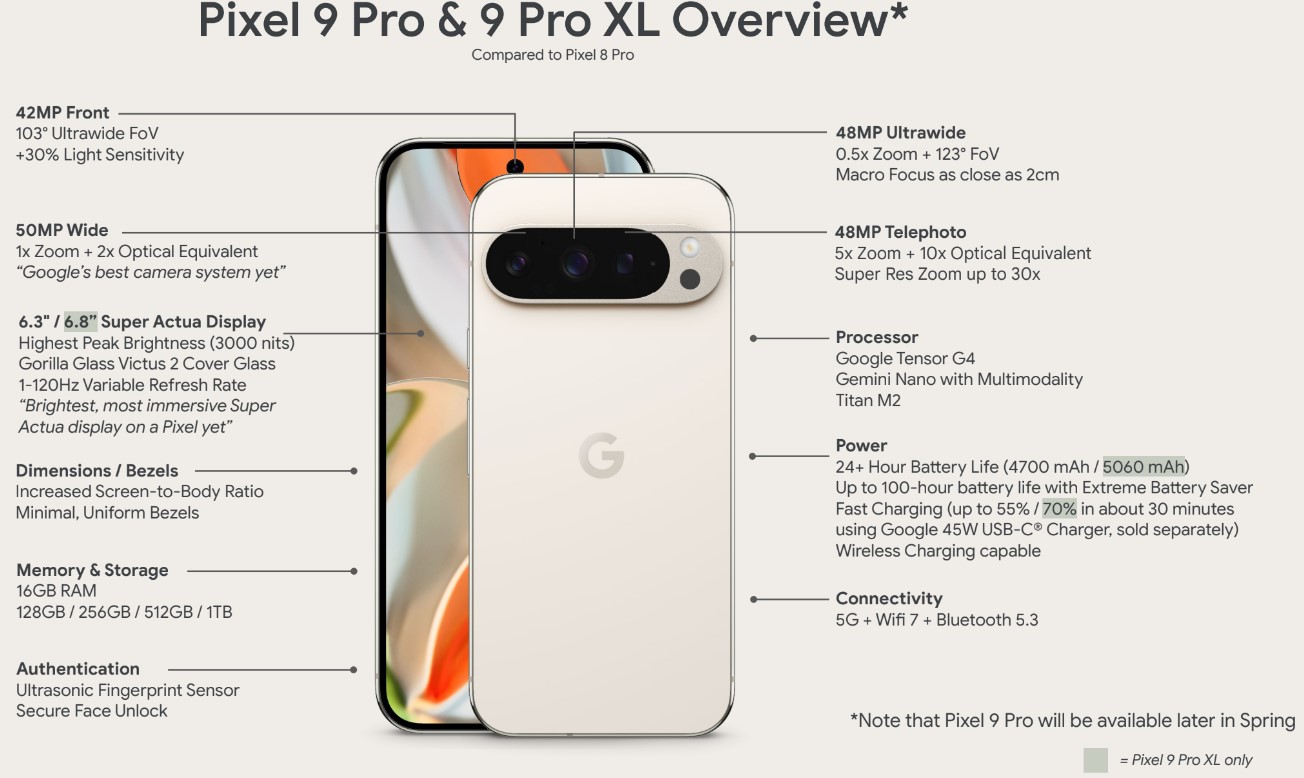
First Impression – Pass+
If you like Google’s design cues, you will love the Pixel 9 series. The oval pill-shaped camera bar now extends across the back and stops ‘table wobble’. The colours are modern and fresh, and they feel comfortable in hand.
I noticed these are made in China, whereas the previous versions were made in Vietnam. It’s no big deal, as I am sure it was a matter of Foxconn’s assembly capacity (a Taiwanese company that also assembles iPhones), given that Google moved the launch to August instead of the usual October. Interestingly, Pixels will soon be made in Foxconn’s Indian Tamil Nadu facility. Apple also uses Foxconn’s Chennai, India facility.
No political statement is intended, but rather a realisation that global players need assembly that does not rely on a single country. Google also uses South Korean Samsung-sourced screens, memory, storage, and the Tensor SoC. This becomes even more critical as Made in China 2025 – a policy with intended consequences (worth a read) becomes law next year.
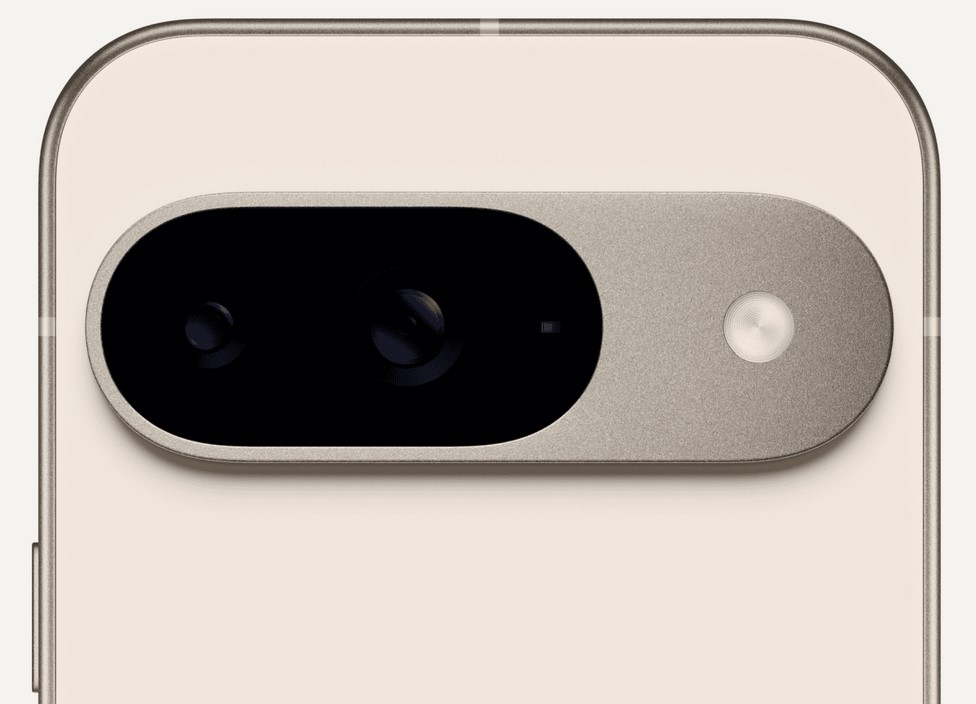

Screen – Pass+
I have issues with all 8-bit/16.7m colour screens—Samsung and Pixel use these—and they are not what you expect from a premium device. Samsung argues that 8-bit is more battery efficient. It also does not support Dolby Vision on any device—smartphone, monitor, TV, etc.
First, the photo/video preview of colours is off – what you see on-screen is not what you get. Google has improved this slightly.
Second, a premium phone should also support Dolby Vision – 8-bit does not. Read 8-bit versus 10-bit screen colours. What is the big deal?
Third, is Pulse Width Modulation (OLED screens dim using a strobing on/off effect). The 120/240Hz repeating cycle can cause discomfort, eye strain, and nausea for PWM-sensitive people. OPPO and Motorola have raised the PWM frequency beyond the human threshold and don’t affect PWM-sensitive people. We don’t deduct points for PWM but reward those who address it. Read PWM – Is your phone making you sick?.
For all non-PWM sufferers, this is a bright, daylight-readable AMOLED screen. The Pixel 9 has a warmer colour than the cooler, whiter Pixel 9 Pro/XL, but you get used to it.
Screen specs
| Size | 6.3 | 6.3″ for Pro 6.8″ for Pro XL |
| Type | Actua OLED – adaptive touch | Super Actua LPTO OLED – adaptive touch |
| Flat, Curve, 2D, 3D | Flat with centre O-hole | Same |
| Resolution | 2424 x 1080 | Pro: 2142 x 960 or 2856 x 1280 XL: 2244 x 1008 or 2992 x 1344 |
| PPI | 422 | Pro: 494 XL: 487 |
| Ratio | 20:9 | |
| Screen to Body % | 86.1% | 88% |
| Colours bits | 8-bit/16.7m colours Google calls this 24-bit (3 x 8-bit RGB) | |
| Refresh Hz, adaptive | Fixed 60 or adaptive 60/120Hz | 1-120Hz |
| Touch Response 120Hz | N/A | 240Hz |
| Nits typical, test | Not disclosed. Test 100% window 850 nits. | Not disclosed. Test 100% window 1150 nits. |
| Nits max, test | 1800 HBM (Test 2% window 1400) 2700 Peak (Test 2% window 2300) | 2000 HBM (test 2% window 1600) 3000 Peak HDM (test 2% window 2500) |
| Contrast | Infinite 1,000,000:1 | |
| sRGB | It has Natural or Adaptive (saturated) settings. 100+% coverage | |
| DCI-P3 | Not disclosed (Adaptive setting – Test 84% of 16.7m colour gamut) | |
| Rec.2020 or other | N/A Note there are no calibration settings. | |
| Delta E (<4 is excellent) | >2 | <1 |
| HDR Level | HDR10/HLG/HDR10+ (No Dolby Vision) | |
| SDR Upscale | No | |
| Blue Light Control | No | |
| PWM if known | 120Hz <50% brightness 240Hz >50% Brightness 240Hz cycle is very low and will affect PWM-sensitive users. | |
| Daylight readable | Yes | |
| Always on Display | Yes | |
| Edge display | No | |
| Accessibility | All Android features | |
| DRM | L1 for FHD, SDR and HDR (should be available) | |
| Gaming | <2ms GTG | |
| Screen protection | Gorilla Glass Victus 2 | |
| Comment | This is an 8-bit/16.7m colour screen, while flagships have 10-bit/1.07 billion colour screens (except for Samsung). We can see the difference between the photo and video image preview and the result. The screen does not support Dolby Vision (it should). PWM is among the most severe we have seen, and sensitive users must look elsewhere. The Pixel 9 has a far warmer Kelvin temperature than the 9 Pro and XL, which look far whiter. |
Processor – Tensor G4
Google designs its silicon and contracts with Samsung to make it. The Tensor G4 is loosely based on the 4nm Samsung Exynos 2400, the same Samsung modem and Mali GPU as the Pixel 8 Tensor G3. Interestingly, Tensor G5 will be made by TSMC (not Samsung) and loosely based on 3nm MediaTek Dimensity 9400 (that OPPO Find X8 Pro uses).
AI benchmarks (updated December 2024 with Android 15)
This is the first time we have used the new Geekbench AI, AITuTu and AI 6 Benchmark. These deliver ‘results’ based on their methodologies that don’t necessarily relate to TOPs (trillion operations per second), which Google does not disclose anyway. You can read more about AI-powered smartphones – smarter or snoopier?
We also benchmarked the Samsung S24 Ultra and Pixel 8 Pro. Some of the Samsung benchmarks are too ‘challenging’ to accept so please ignore these.
| Test | Pixel 9 (battery) | Pixel 9 Pro XL (charging) | Pixel 8 Pro (charging) | Samsung S24 Ultra (charging) |
| Geekbench CPU backend | 2372 | 3110 | 1426 | 3008 |
| GPU Backend | 811 | 869 | 589 | 1362 |
| NNAPI backend | 6589 | 7063 | 4749 | 1010 |
| QNN backend | N/A | N/A | N/A | 967 |
| AITutu 3.0.8 | 93,385 | 102,019 | 92,185 | 1,469,605 |
| AI Benchmark 6 | 761 | 1045 | 676 | 8355 |
| XOPS GFLOPS/GINOPS | 14.73/19.42 | 14.45/18.53 | 14.96/21.19 | 18.43/28.18 |
| Geekbench 6 | 1652/3852 | 1888/4294 | 1776/4606 | 2198/6728 |
| Open CL | 6,563 | 6,553 | 5286 | 12,316 |
| Vulcan | 6,945 | 6,982 | 5963 | 14,339 |
Processor – Pass
For the first time, we will not comment on the Tensor G4 speed (or lack thereof😁) because we accept Google’s assertion that it is fast enough for AI, productivity, and content consumption. It gave us a lag-free experience expected of a premium handset.
Memory is the key difference between the Google Pixel 9 and the 9 Pro and XL. All have 12GB (yes, that is right), but the latter two have a special 4GB memory ‘carve-out’ for AI use only.
The GPU is rather old-school and does not support ray tracing for games. Indeed, the somewhat excessive throttling/heat and the lower performance of the GPU means keen gamers should look elsewhere.
Google has a USB-C 3.2 Gen 2 port but only allows charging and an ALT DP 1.4 phone mirror over USB-C to HDMI. It does not allow an external SSD to be mounted for live storage, making it unattractive to videographers and vloggers. This is a shame as it has such a good camera.
Overall, the SoC is fit-for-purpose.
Processor specs
| Brand, Model | Google Tensor G4 fabricated by Samsung Titan M2 security chip NPU (same specs as Pixel 8) | Performance specs for Por and XL are similar and are shown on mains power. |
| nm | 4 | |
| Cores | 1 x 3.1GHz, 3 x 2.6GHz, 4 x 1.95GHz | |
| Modem | Samsung Exynos 5400c | |
| AI INOPS – Multi-thread Integer Operations Per Second GINOPS = billion | On battery Geekbench AI CPU 2372 GPU 811 NNAPI 6589 AiTuTu 93385 AI Benchmark 761 14.73 GFLOPSS 19.42 GINOPS | On charge Geekbench AI CPU 3110 GPU 869 NNAPI 7063 AiTuTu 102019 AI Benchmark 1045 14.45 GFLOPS 19.1 GINOPS |
| Geekbench 6 Single-core | 1652 Battery | 1888 Charging |
| Geekbench 6 multi-core | 3852 Battery | 4294 Charging |
| Like | Single Core SD7+ Gen 2 Muti-Core SD7+ Gen 2 | |
| GPU | Mali-G715 MP7 940MHz 2526.7 GFLOPS Ray tracing is not supported. | |
| GPU Test | On battery | Charging |
| Open CL | 6563 | 6553 |
| Like | Google Tensor 6a | Google Tensor 6a |
| Vulcan | 6945 | 6982 |
| RAM, type | 12GB LPDDR5 | 16GB LPDR5 with 4GB reserved for AI |
| Storage, free, type | 128GB UFS 3.1 (89.47 free) | |
| micro-SD | No | |
| CPDT internal seq. Read MBps sustained | 1140 Jazz Maximum 1376.34 | |
| CPDT internal seq. write MBps sustained | 148.3 Jazz Maximum 165.32 | |
| CPDT microSD read, write MBps | N/A | |
| CPDT external (mountable?) MBps | Files find it as an OTG for cut and paste but not as a mountable device and will not speed test. | |
| Comment | Independent benchmarks show about a 10% improvement over Tensor G3. It has the same GPU clocked slightly higher at 940MHz. |
Throttle – Fail
| Throttle test | Battery | Charge |
| Max GIPS | 297427 | 332671 |
| Average GIPS | 217121 | 224885 |
| Minimum GIPS | 177861 | 195610 |
| % Throttle | 34% (66% of capacity) | 40% (60% of capacity. |
| CPU Temp | 50° | |
| Comment | We repeated the throttle test several times, and the results were consistent—34-40% loss under load. This is not a gamer’s SoC. |


Comms – Pass+
It has Wi-Fi 7 BE and connects at 2500/2900Mbps to our reference router Netgear Orbi 970 Wi-Fi 7 Quad-band Mesh – BE27000 and 16 streams.
We had a few issues with MLO compatibility (aggregating 5 and 6GHz bands for faster throughput), but I suspect that is due to restrictions from the ACMA on the 6Ghz band.
The Pro and XL include an IR Thermometer, which is not TGA-approved but is remarkably accurate compared to other IR thermometers. You can access this via the Thermometer app.
USB-C 3.2 Gen 2 (10Gbps) is only partially implemented to allow screen mirror over USB-C to USB-C or HDMI. It does not support a live, mountable external SSD.
| Wi-Fi Type, model | Wi-Fi 7 BE Tri-band 2.4/5/6Ghz | Retested 12/234 – improved |
| Test 2m -dBm, Rx/Tx Mbps | -38/2800/2695 | -34/2500/2900 |
| Test 5m | -41/2082/2197 | -48/2177/2362 |
| Test 10m | -49/1850/1966 | -54/1633/1921 |
| BT Type | 5.4 | |
| GPS single, dual | Dual-band GNSS GPS, GLONASS, Galileo, Beidou, QZSS, NavIC <2m accuracy | |
| USB type | USB-C 3.2 Gen 2 10Mbps | |
| ALT DP, DeX, Ready For | Supports cabled Screen mirror from June 2024 update. | |
| NFC | Yes | |
| Ultra-wideband | No | |
| Sensors | ||
| Accelerometer | Yes | |
| Gyro | Yes | |
| e-Compass | Yes | |
| Barometer | Yes | |
| Gravity | ||
| Pedometer | ||
| Ambient light | Yes | |
| Hall sensor | Yes | |
| Proximity | Yes | |
| Other | Thermometer | |
| Comment | It has a USB-C 3.2 Gen 2 10Gbps interface and now allows Alt DP 1.4 screen mirroring. However, it does not enable mountable external SSDs, which is a real issue for vloggers and videographers. |

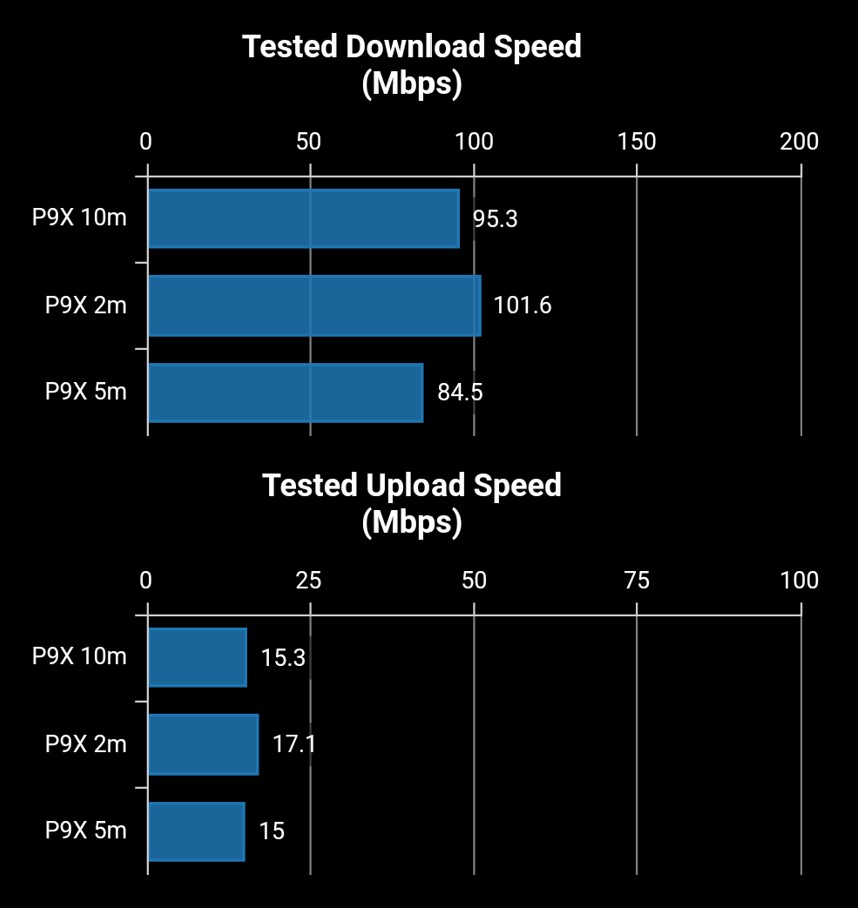

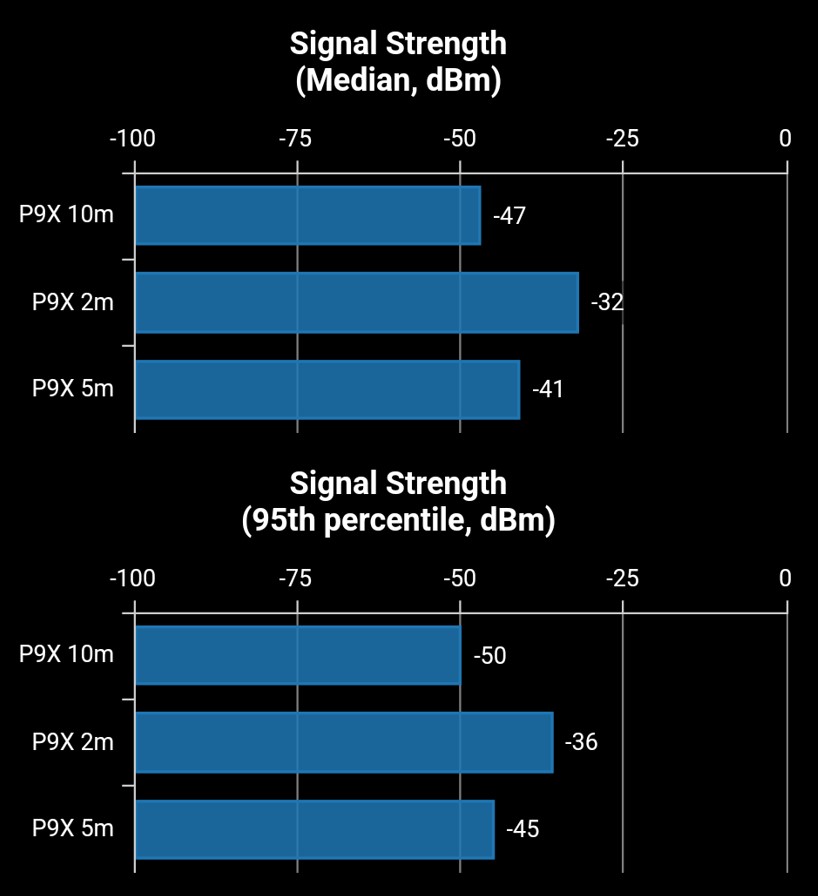

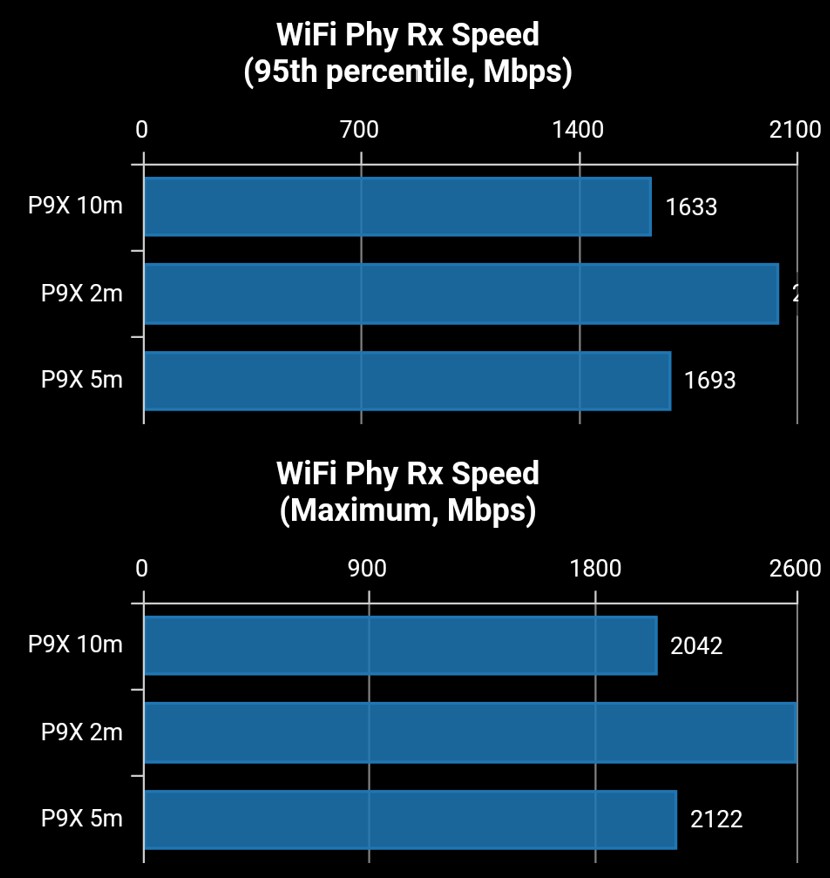


4/5G – City and suburbs only – Pass
The Samsung Exynos modem is this phone’s Achilles heel. Like all other Samsung Exynos and most MediaTek modems, it can only find the nearest tower, albeit at reasonable signal strength.
This means it is only recommended for major cities, suburbs, and regional cities with good tower coverage. If you live in a poor reception area, please read our reader experiences with Telstra Bluetick and learn how to understand the signal strength you get at home.
Another minor issue is that the modem only supports DSDS (dual SIM, dual standby), where only one SIM can be active simultaneously. Qualcomm SD8 Gen 2 and later modems support DSDA (dual SIM, dual active), where both work independently and simultaneously.
| SIM | Single SIM and eSIM | |
| Active | Single Active (DSDS) | |
| Ring tone single, dual | Single | |
| VoLTE | Yes | |
| Wi-Fi calling | Yes | |
| 4G Bands | B1/2/3/4/5/7/8/12/13/14/17/18/19/20 /21/25/26/28/29/30/32/38/39/40/41/ 42/48/66/71/75 | |
| Comment | All Australian and international bands | |
| 5G sub-6Ghz | n1/2/3/5/7/8/12/14/20/25/26/28/3 0/38/40/41/66/71/75/76/77/78/79 | |
| Comment | All sub-6GHGz bands | |
| mmWave | No | |
| Test Boost Mobile, Telstra | ||
| DL/UL, ms | 31.3/17.5/28ms (band 28) average | 34.1/14.5/29ms (band 28) average |
| Tower 1 -dBm, fW or pW | From -82 to -84 and 4 to 6pW Did not find a 5G signal. The signal strength is reasonable but a long way from the 20-30pW of some phones. | From -81 to -92 and 631fw to 7.9pW Picked up a 5G signal |
| Tower 2 | No | |
| Tower 3 | No | |
| Tower 4 | No | |
| Comment | Strictly a city and suburbs phone where there is good tower coverage. |
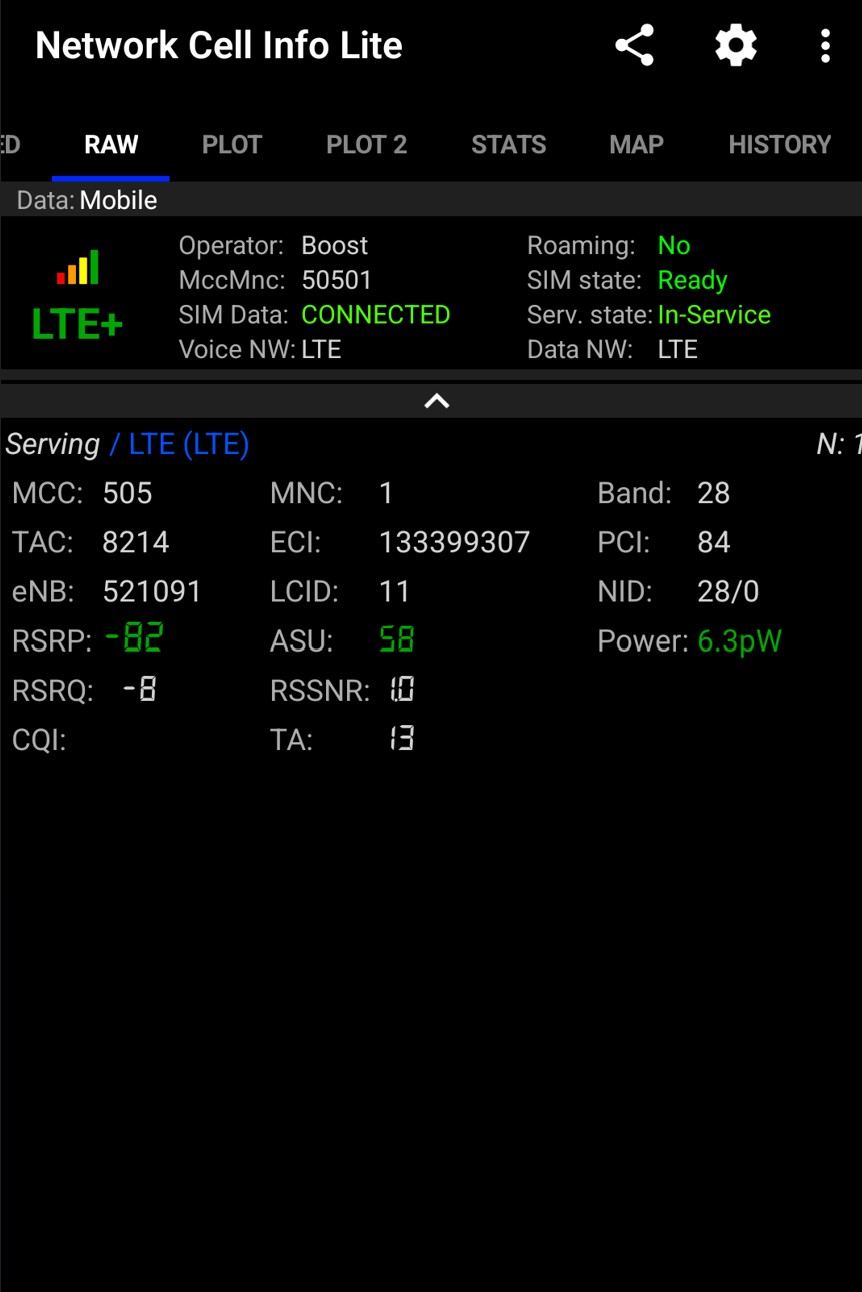

Battery – Pass+
First, a brickbat—no charger supplied—and it loses points for that. The rationale is that you can use any PD or PPS charger. But to get a fast charge, you must use a $49.99 genuine Google 45W charger. Similarly, to get a 23W Qi wireless fast charge, you must use a $119 Google Pixel Qi Stand (2nd gen).
We used several PD and PPS chargers to test. We can only assume that Google’s offerings are faster.
Interestingly, the Google Pixel 9 lasts longer on 60Hz than the Pixel 9 Pro/XL on adaptive settings (1-120Hz).
You should get a full day/night of typical use and 12 hours of heavy use.
Battery specs
| mAh | 4700mAh/18.28Wh | Pro 4700mAh 18.28Wh XL 5060mAh/19.68Wh |
| Charger, type, supplied | 27W capable Google 45W charger not supplied USB-C PD 3.1 PPS PD: 5V/3A/15W, 9V/3A/27W, 15V/3A/45W, 20V/2.25A/45W PPS: Up to 11V/3A, 16V/3A, 21V/2.25A max 45W | 37W capable Same |
| PD, QC level | PD 3.0 | |
| Qi, wattage | 15W Pixel stand; otherwise 12W | 23W Pixel stand; otherwise 12W |
| Reverse Qi or cable. | Yes | |
| Test (60Hz or adaptive screen) | ||
| Charge % 30mins | Claim: 55% in about 30 minutes | Claim: 70% in about 30 minutes |
| Charge 0-100% | 109 minutes GaN charger | 83 minutes GaN charger |
| Charge Qi, Belkin Boost Charge 15W | 2 hours 10 minutes | 2 hours 16 minutes |
| Charge 5V, 2A | N/A – a few hours | |
| Video loop 50%, aeroplane | 17 hours 30 minutes | 20 hours 30 minutes |
| PC Mark 3 battery | 17 hours (60Hz screen) Accubattery (theoretical) 17 hours 49 minutes | 14 hours (120Hz screen) Accubattery (theoretical) 18 hours 23 minutes |
| GFX Bench Manhattan battery | Hung – out of memory | |
| GFX Bench T-Rex | 591.9 minutes 3362 frames | 621.3 minutes 3360 frames |
| Drain 100-0% full load screen on | 4 hours 22 minutes Accubattery 4 hours 12 minutes | 5 hours 2 minutes Accubattery 5 hours |
| mA Full load screen on | 1600-1650mA | |
| mA Watt idle Screen on | 300-350mA | |
| Estimate loss at max refresh | Tested on Adaptive | |
| Estimate typical use | Google advertises up to 24 hours of typical use. Heavy users (gamers) will get 4-5 hours of screen time. | |
| Comment | We think it’s a retrograde step not to include a charger inbox. A GaN 100W charger with PD and PPS should give the same results as the Google 45W charger. |
Sound – Pass
The sound hardware is basic and lacks Dolby Atmos processing and an EQ. It has separate amps for the left and right speakers, which helps to balance the sound from each.
Like previous Pixels, it is not overly loud but within acceptable limits.
| Speakers | Forward-firing earpiece and bottom-firing speaker |
| Tuning | N/A |
| AMP | 2 x CS35L41 (for stereo) 5W @1% THD |
| Dolby Atmos decode | No |
| Hi-Res | No |
| 3.5mm | No |
| BT Codecs | SBC, AAC, royalty-free aptX and HD, LDAC |
| Multipoint | Yes |
| Dolby Atmos (DA) | No, but it supports Spatial Audio on USB-wired headphones. |
| EQ | No |
| Mics | Three, including one for noise reduction |
| Test dB – all on EQ flat DA off | |
| Volume max | 80 |
| Media (music) | 75 |
| Ring | 74 |
| Alarm | 70 |
| Notifications | 75 |
| Earpiece | 70 |
| Hands-free | It is a little low volume, but otherwise, OK. |
| BT headphones | Excellent BT signal but only supports a limited range of codecs. |
Sound Quality – Passable
Music needs a mix of bass, mid and treble to sound good. No!
Clear voice needs a focus on 1-4kHz to make voice conversations clearer. Yes!

Without an EQ, you can do nothing to improve the sound quality except use USB-C cable or BT headphones, which are pretty good.
| Deep Bass 20-40Hz | Nil |
| Middle Bass 40-100Hz | Nil |
| High Bass 100-200Hz | Linear slow build to 1kHz – almost no high bass |
| Low Mid 200-400Hz | Almost nil – a long, slow build |
| Mid 400-1000Hz | still slow building |
| High-Mid 1-2kHz | Flattish |
| Low Treble 2-4kHz | Flattish |
| Mid Treble 4-6kHz | Linear decline to 7kHz |
| High Treble 6-10kHz | Flattish to 15kHz |
| Dog Whistle 10-20kHz | Steep linear decline to 20kHz |
| Sound Signature type | It is similar to the Pixel 8, which we called ‘one of the worst music sound signatures’. This has added minor high bass and low-mid treble. It still lacks low/mid-bass, some high bass, slowly building mids (no vibrancy), 1-4kHz for a clear voice is fine, and some low/mid-treble gives crisp treble notes. |
| Soundstage | Better top/bottom speaker balance. The sound stage is as wide as the phone. It does not support Dolby Atmos or spatial sound from the speakers -USB-C headphones only. |
| Comment | If you like listening to audio or video on phone speakers this is not for you. |
Build – Pass+
We mentioned the Foxconn build quality earlier and its top drawer. However, there is one repairability issue, precisely the same as the iPhone. Removing the front screen to replace some internal components will break the screen. It earns 5/10 for repairability. We have teardown and durability videos below. All three share the same construction.
| Size (H X W x D) | 152.8 x 72 x 8.5 mm plus camera bump to 12.5mm | Pro: 152.8 x 72 x 8.5 162.8 x 76.6 x 8.5 mm plus camera bump to 12.5mm |
| Weight grams | 198 | Pro: 199 XL: 221 |
| Front glass | Gorilla Glass Victus 2 | |
| Rear material | Gorilla Glass Victus 2 Mohs 6 | |
| Frame | 100% recycled aluminium | |
| IP rating | IP68 | |
| Colours | Obsidian Porcelain Wintergreen Peony | Obsidian Porcelain Hazel Rose Quartz |
| Pen, Stylus support | No | |
| Repairability | 5/10 |
In the box – Fail
We always deduct points for no charger. At least Google supplies a 3W cable.
| Charger | No | |
| USB cable | 1m USB-C to USB-C 2.0 3W cable | |
| Buds | No | |
| Bumper cover | No | |
| Comment | USB-A female to USB-C adapter |
OS – Exceed but curious
Google Pixel is usually launched with the next version of Android, e.g., 15, except that bringing the launch forward means it is not ready. No matter, 14 is damned good, and with 7 OS upgrades, who cares?
Please ignore the Safety features – most are currently only for the USA.
We would typically discuss AI features but have covered these in other documents. To be fair, those interested in AI will have read all they can before deciding to purchase.
It is critical to note that this is pure Android, which makes upgrading and transitioning from other Android phones easy—it works. Other bands using proprietary User interfaces, Google app substitutes and switching programs can make it hard to leave that brand.
| Android | 15 |
| Security patch date | December 2024 – Current |
| UI | |
| OS upgrade policy | 7 years (starting with Android 14) |
| Security patch policy | 7 years – monthly updates |
| Bloatware | None |
| Other | Safety- US only at present Emergency SOS Crisis alerts Car Crash Detection Safety Check Emergency Location Service Emergency contacts and medical info Android Earthquake Alerts System |
| Comment | Pure Android and the best upgrade policy, bar none. |
| Security | |
| Fingerprint sensor location, type | Ultrasonic under glass |
| Face ID | Secure Face unlock |
| Other | Tensor M2 Chip |
| Comment | VPN by Google One at no extra cost End-to-end security designed by Google Multi-layer hardware security: Tensor security core, Titan M2 security chip and Trusty (Trusted Execution Environment) Seven years of OS, security and Feature Drop updates from launch Anti-malware and anti-phishing protection, including support for passkeys Automatic security checks and privacy controls with Security and Privacy Hub Camera and mic toggles Private Compute Core Android System Intelligence Android Messages end-to-end encryption and Android backup encryption Learn more at g.co/pixel/security and g.co/pixel/certifications. |
Google Pixel 9, 9 Pro and 9 Pro XL rear camera – It is officially the best in Oz – Exceed
First, let me say that CyberShack tests the most common point-and-shoot modes that buyers are likely to use. The results are excellent all around and considerably exceed the Samsung S24 Ultra – which is also pretty good in the first place.
At the end of the table below are links to DXOMARK testing.
Why are the Google Pixel 9, 9 Pro and XL cameras so good?
This year, the Google Pixel 9 series combines better hardware (sensors), software, and AI. While manipulated by AI, Google produces an image that looks superb in daylight, in the office, and at night.
The Google Pixel 9 has two sensors – a 50MP Samsung GNK wide (primary) and a 48MP Sony IMX858 Ultrawide. It has 8X digital zoom, single Dual Pixel phase detection autofocus and Single Zone (one point) Laser focus for portraits. Its selfie is a 10.5MP Samsung JN1 – uninspiring but takes decent selfies.
The Google Pixel 9 Pro and XL add a 5X optical/30X hybrid Zoom, Multi-zone laser focus (for better portraits) and a second 48MP Sony IMX858 sensor as a periscope telephoto lens. Its selfie is another 48MP Sony IMX858 for superb selfies.
Video (which we do not extensively review) is now 4K@60 (Pixel 9) and 8K@30 (Pixel 9 Pro/XL), but as always, shooting at 1080p is the limit of EIS and OIS to produce shake-free videos.
Rear camera specs
| Rear Primary | Wide | Wide |
| MP | 50MP bins to 12.5 | Same |
| Sensor | Samsung GNK | |
| Focus | Dual Pixel PDAF Single Zone laser AF | Multi-zone laser AF |
| f-stop | 1.68 | |
| um | 1.2 | |
| FOV° (stated, actual) | 82 (70.7 to 83.2) | |
| Stabilisation | OIS | |
| Zoom | 8X Digital | 8X digital |
| Rear 2 | Ultrawide | Ultrawide |
| MP | 48MP | Same |
| Sensor | Sony IMX858 | |
| Focus | PDAF | |
| f-stop | 1.7 | |
| um | .7 bins to 1.4 | |
| FOV (stated, actual) | 123 | |
| Stabilisation | Gyro EIS and OIS | |
| Zoom | No | |
| Rear 3 | N/A | Periscope telephoto |
| MP | 48MP | |
| Sensor | Sony IMX858 | |
| Focus | AF | |
| f-stop | 2.8 | |
| um | 1.7 | |
| FOV (stated, actual) | 95° | |
| Stabilisation | OIS | |
| Zoom | 5X Optical 30X hybrid | |
| Rear 4 | Time Of Flight sensor STM VL53L1 single point measures distance between 4-10m | |
| Video max | 4K@60 1080p@240fps gyro EIS/OIS | 8K@30 and 4K@60 1080p@240 gyro EIS/OIS |
| Flash | Dual | |
| Auto-HDR | 10-bit HDR | |
| Pro controls High-Res (up to 50 MP) Super Res Zoom up to 30×12 Add Me Macro Focus Night Sight Astrophotography Portrait Mode Face Unblur Long Exposure Action Pan Real Tone Panorama Top Shot Frequent Faces Editing features Magic Editor Magic Eraser Best Take Photo Unblur Zoom Enhance Portrait Light Video 8K video recording at 30 FPS (Video Boost) 4K video recording at 24/30/60 FPS 1080p video recording at 24/30/60 FPS Dual exposure on wide camera Super Res Zoom Video up to 20x | ||
| QR code reader | Yes | |
| Night mode | Yes | |
| Comment | DXOMARK 154 equal to iPhone 15 Pro Max. Pixel 8 is 148. Samsung S24 Ultra is 144 It lost points for Zoom (no periscope) | DXOMARK – same camera 9 Pro XL 158 and #2 – above OPPO FindX7 Pro 157 and iPhone 15 Pro Max 154. Pixel 8 Pro is 153. Samsung S24 Ultra is 144. |
Google Pixel 9 (Left), 9 Pro and XL (right) samples
You can click on them to enlarge and these open in a new tab.









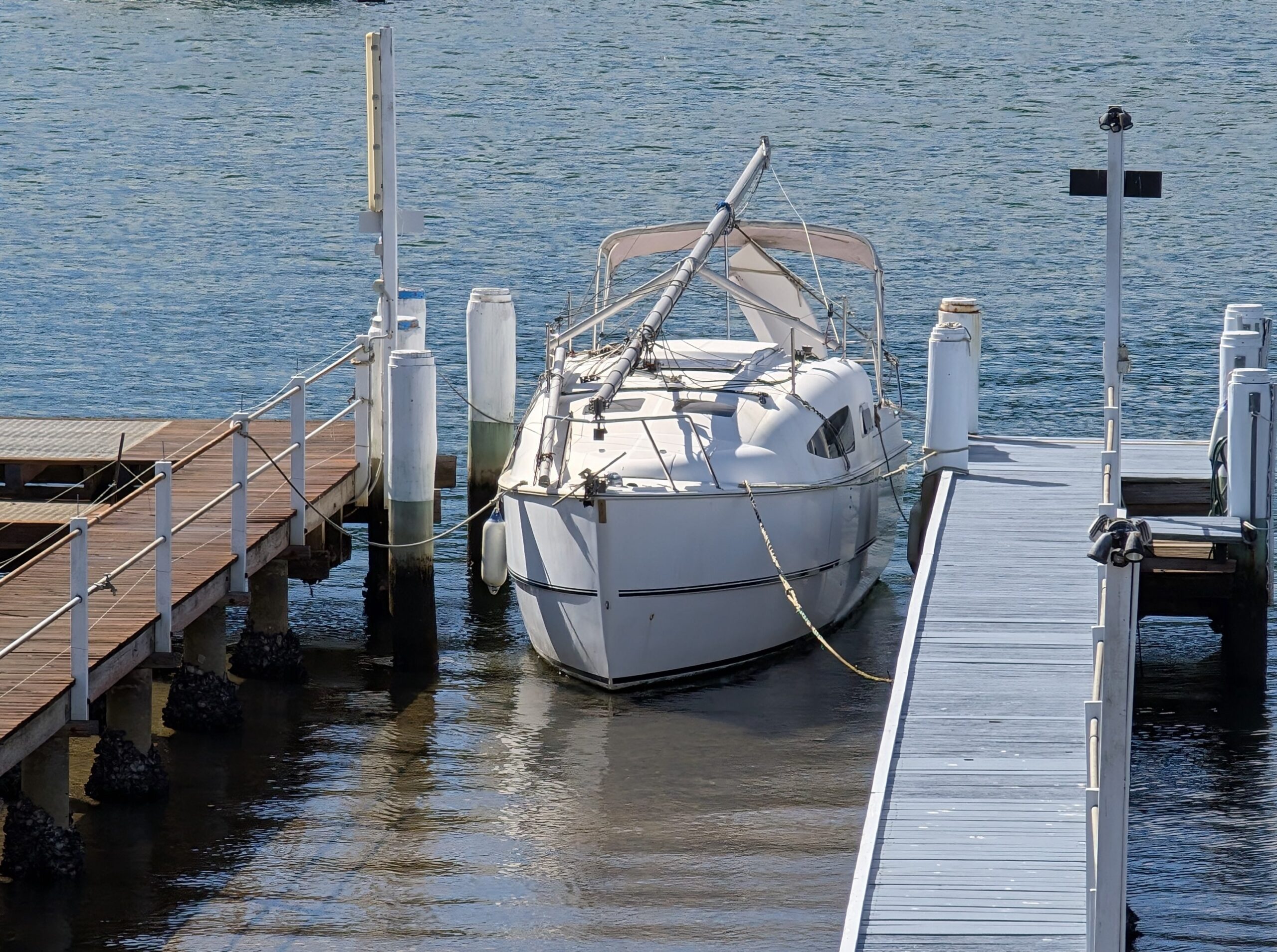


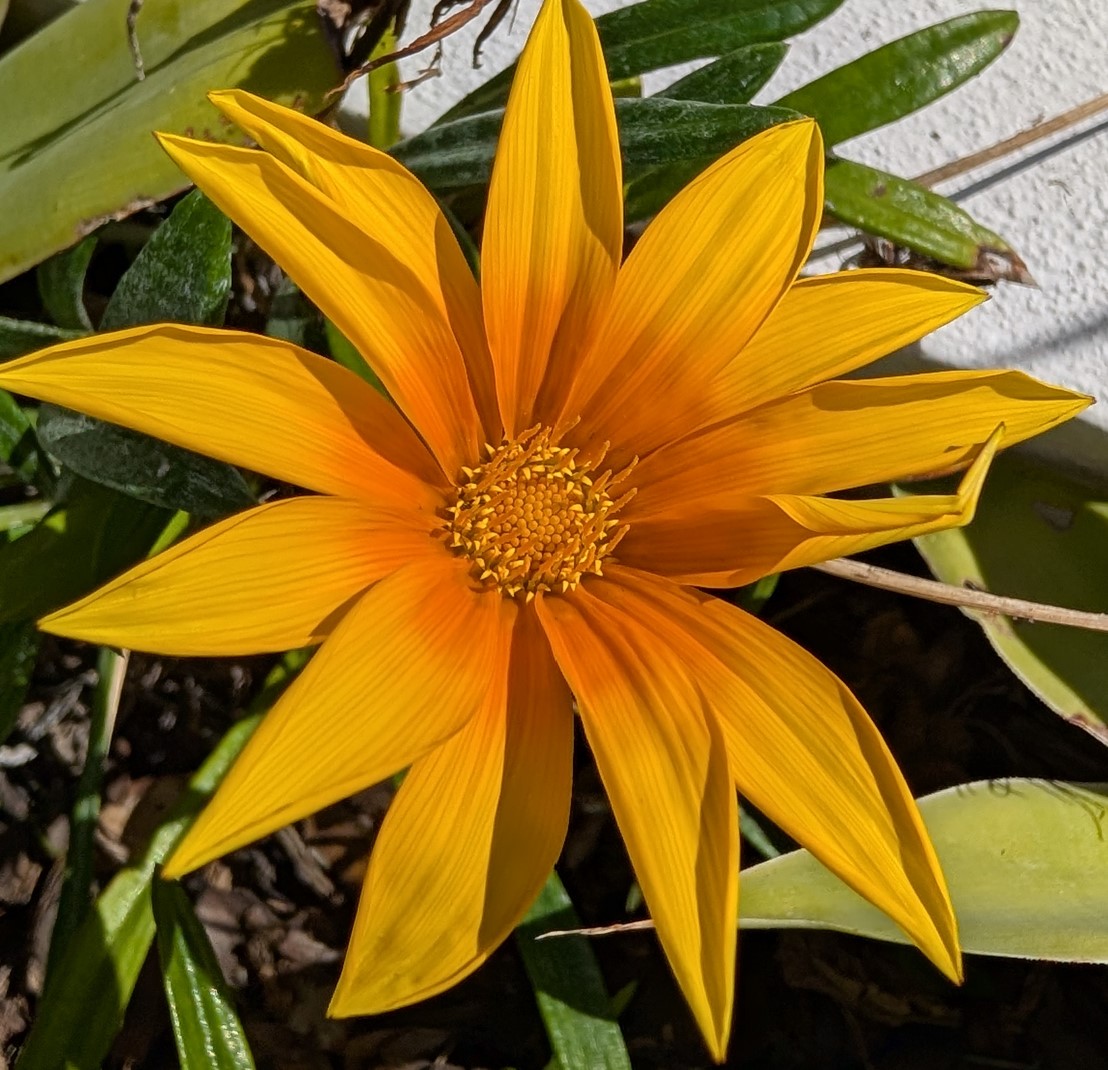





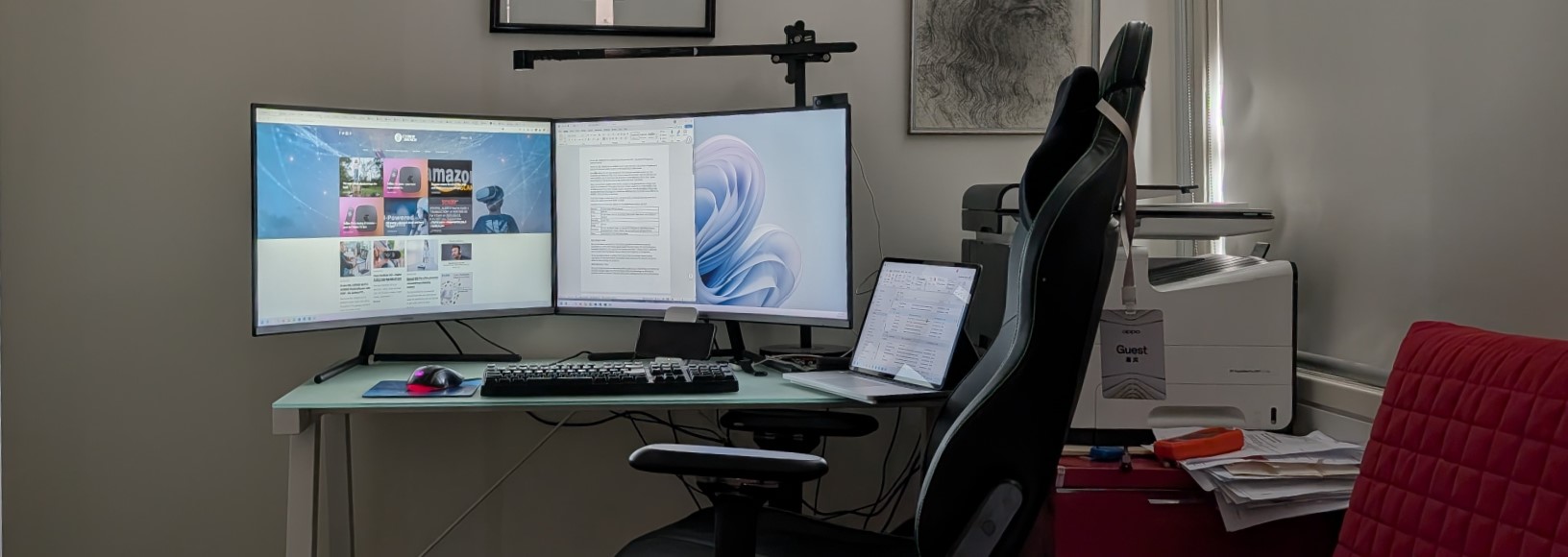

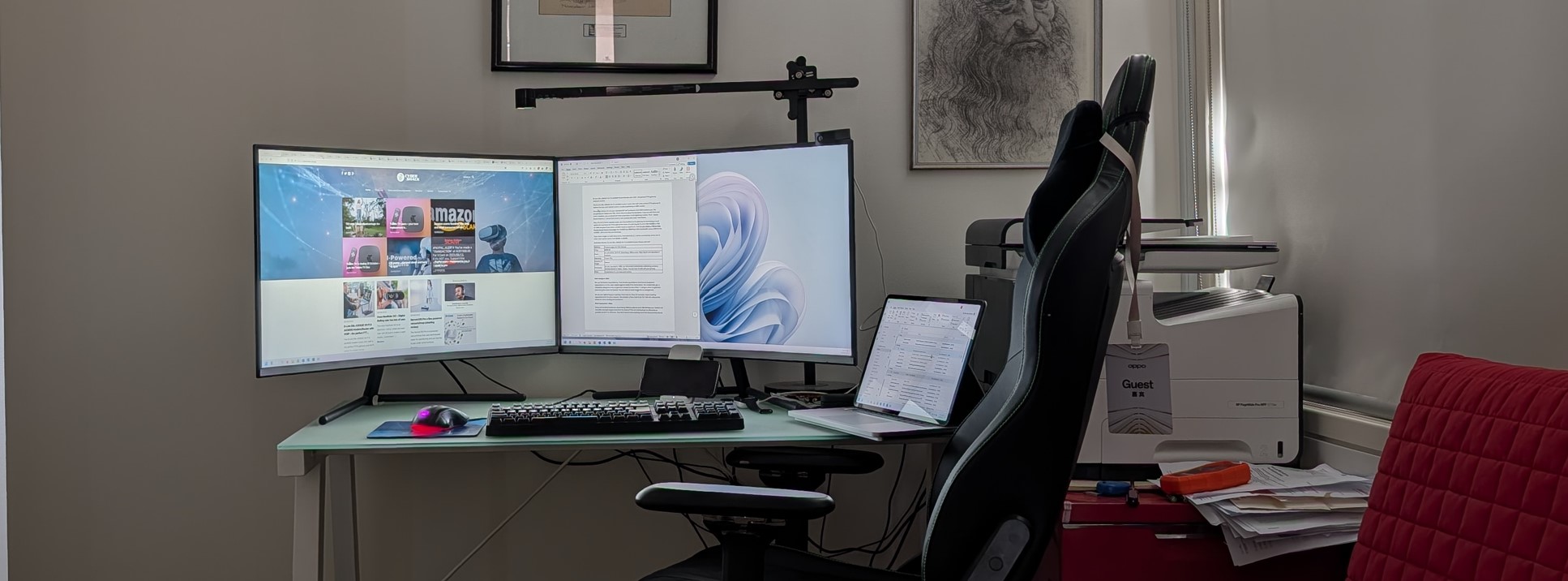
Selfie
| Front | Selfie | Selfie |
| MP | 10.5MP/8.4 | 42MP bins to 10.5MP/8.4 |
| Sensor | Samsung 3J1 | Sony IMX858 |
| Focus | PDAF | PDAF |
| f-stop | 2.2 | 2.2 |
| um | 1.22 | .7 bins to 1.4 |
| FOV (stated, actual) | 85° 74.9-86.5° with an 8.4x crop factor | 95° 83.2 to 94.9 with a 7.3X crop factor |
| Stabilisation | EIS | |
| Flash | Screen Fill | Screen Fill |
| Zoom | No | No |
| Video max | 4K@60fps | 4K@60fps |
| Features | Video features (front and rear) Video Boost Night Sight Video Super Res Zoom Video14 Audio Magic Eraser Macro Focus Video 10-bit HDR video Cinematic Blur Cinematic Pan Slo-mo video support up to 240 FPS 4K timelapse with stabilisation Astrophotography timelapse Night Sight timelapse Optical image stabilisation for video Fused video stabilisation Cinematic Pan video stabilisation (4K, 1080p) Locked video stabilisation (4K, 1080p) Active video stabilisation (1080p) Video formats: HEVC (H.265), AVC (H.264) Audio Stereo recording Speech enhancement Wind noise reduction Audio zoom |
CyberShack’s view: The Google Pixel 9, 9 Pro, and 9 Pro XL are excellent smartphones for those who want AI.
This is where I express my feelings after six months with these phones. I think these are more than a match for the Samsung Galaxy S24-series. You see, the S24 and S24+ use the Samsung Exynos 2400 SoC and modem (Tensor G4 is loosely based on this) and, frankly, do not perform nearly as well. Only the S24 Ultra has the all-powerful Qualcomm SD8 Gen 3 SoC and a stylus.
If you accept that not everyone needs a Lamborghini engine under the bonnet (and the attendant overheating), then the Pixel 9 series is a more logical buy. It has a 100% pure and open Android ecosystem. If you want AI, do as the Japanese do, “If you want rice cakes, go to the rice cake maker”. OK Google Gemini!
For the first time, Google gets a CyberShack buy recommendation for a great premium phone and an AI phone. The one caveat: Phone reception is for city and suburbs or areas with good tower coverage.
What would I buy?
The 6.3” Pixel 9 is $1349 and offers the same family experience with 12GB of RAM and a dual camera. Moving forward, it won’t have the same AI experience with 12GB, so it competes more with phones like the Motorola Edge 50 Pro, albeit its camera has a 146 DXOMARK rating versus 154. Still, at $999, it is appealing.
The 6.3” Pixel 9 Pro is $1699 and has 16GB RAM and a tri-camera. If you have the money, this is the sweet spot. The LTPO AMOLED screen is great, the extra RAM will serve AI better, and the camera zoom experience will be better.
The 6.8” Pixel Pro XL is $1849 and only offers a larger screen.
Winner: Google Pixel 9 Pro
The Google Pixel 9, 9 Pro, and 9 Pro XL ratings
These use the 2024 ratings, with 70/100 as a pass mark. We have updated the Pixel 8 review to use 2024 ratings.
| Ratings | Google Pixel 9 | Google Pixel 9 Pro and XL |
| Features | 80 | 85 |
| The key depreciations are the periscope telephoto camera and 12GB RAM, which are not very meaningful for the average user. | The key appreciations are the extra 4GB dedicated to AI, a better LTPO screen, a Thermometer, and the periscope telephoto. | |
| Value | 80 | 80 |
| What price do you put on it? On a ‘speed and feed’ basis, there are more powerful phones for $300 or less. But for its photography and AI potential, it is well-priced. | Both are the value leader in their price brackets. | |
| Performance | 75 | 75 |
| The Tensor G4 throttles. On a ‘speed and feed’ basis, it is pretty well behind the Samsung S24U, but that is not this phone’s criteria. | ||
| Ease of Use | 80 | 80 |
| It’s a two-edged sword. Tech-savvy users will try the advanced AI camera features, but I suspect most will simply point and shoot. But it is hard to beat the 2+7+7 warranty, OS upgrade, and security patches. | ||
| Design | 80 | 80 |
| I don’t mind Google styling – it is different in a sea of glass slabs. | ||
| Rating out of 10 | 79 | 80 |
| Final comment | While the Pixel 8 was an evolution over the Pixel 7, the Pixel 9 is more of a refinement. It shows Google’s refusal to be driven by specs and more by usability. I have been reviewing Pixels since the original in 2016—great phones, but before AI, they were always outclassed. Since the 8-series, I could see this in my pocket. |
Pro and Cons
| Pro | ||
| 1 | The almost second-best point-and-shoot AI-driven camera you can buy. The average user won’t miss the periscope telephoto. | The best point-and-shoot AI-driven camera you can buy. It is very hard to take a bad shot. Periscope Zoom is excellent. |
| 2 | Bright and colourful screen but a little too warm for my liking. | Far whiter screen than the Pixel 9 |
| 3 | Raises the bar on OS and security patch updates | |
| 4 | Potential for more AI features | |
| 5 | Decent battery life |
| Con | ||
| 1 | The camera preview is off due to the 8-bit screen. | |
| 2 | Throttles badly | |
| 3 | Only a city/suburb phone antenna strength | |
| 4 | Battery life is OK but not as good as claimed. | |
| 5 | Does not implement USB-C 3.2 Gen2 external mountable SSD support. |



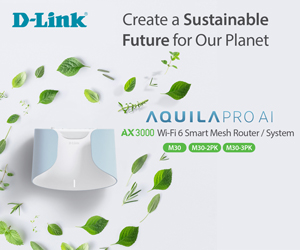

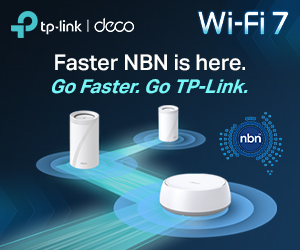

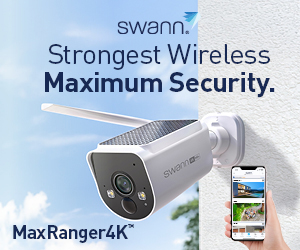


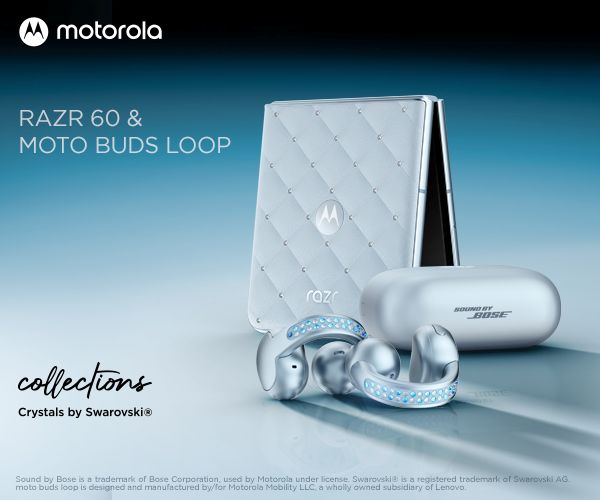
Comments